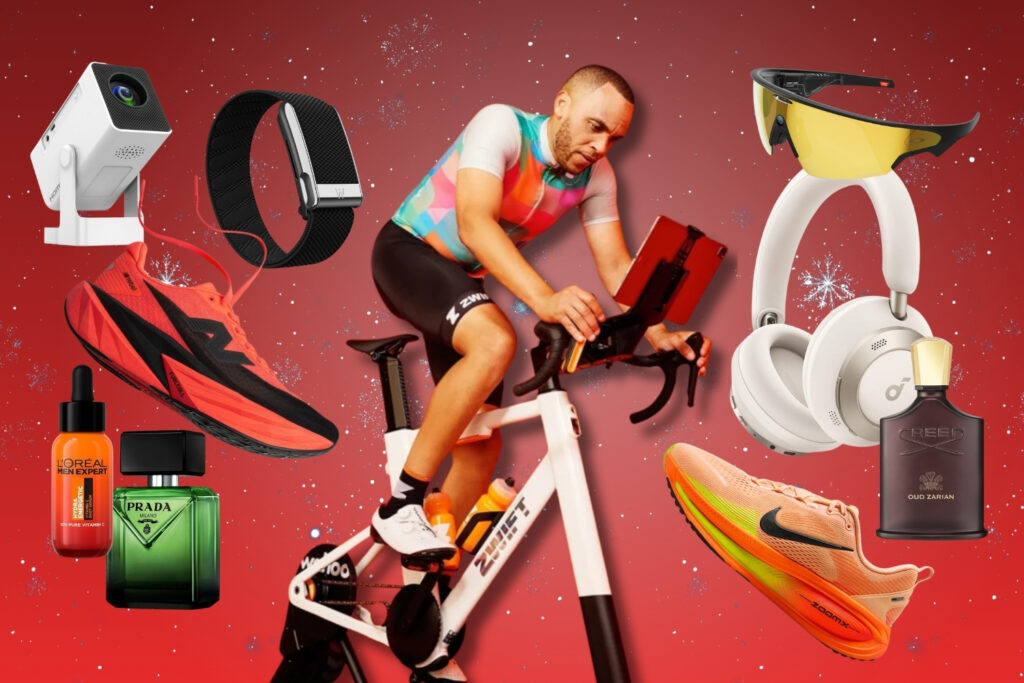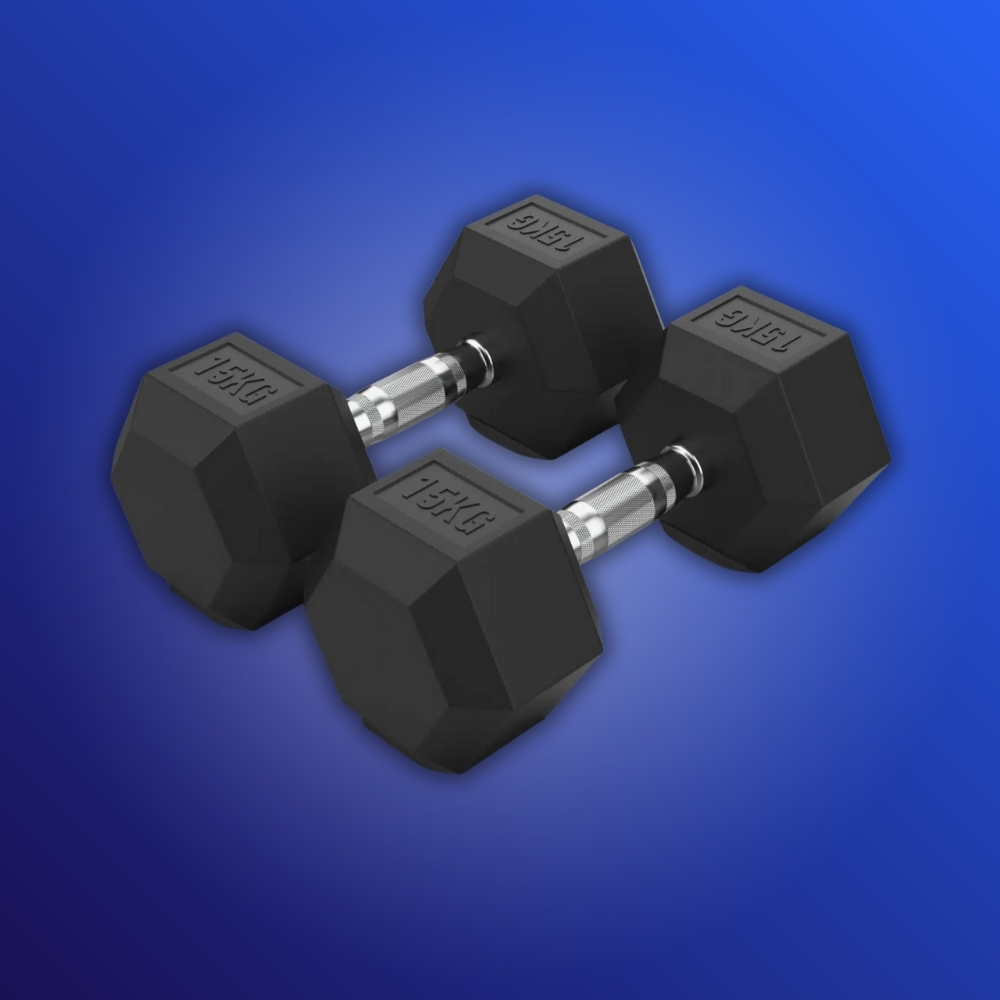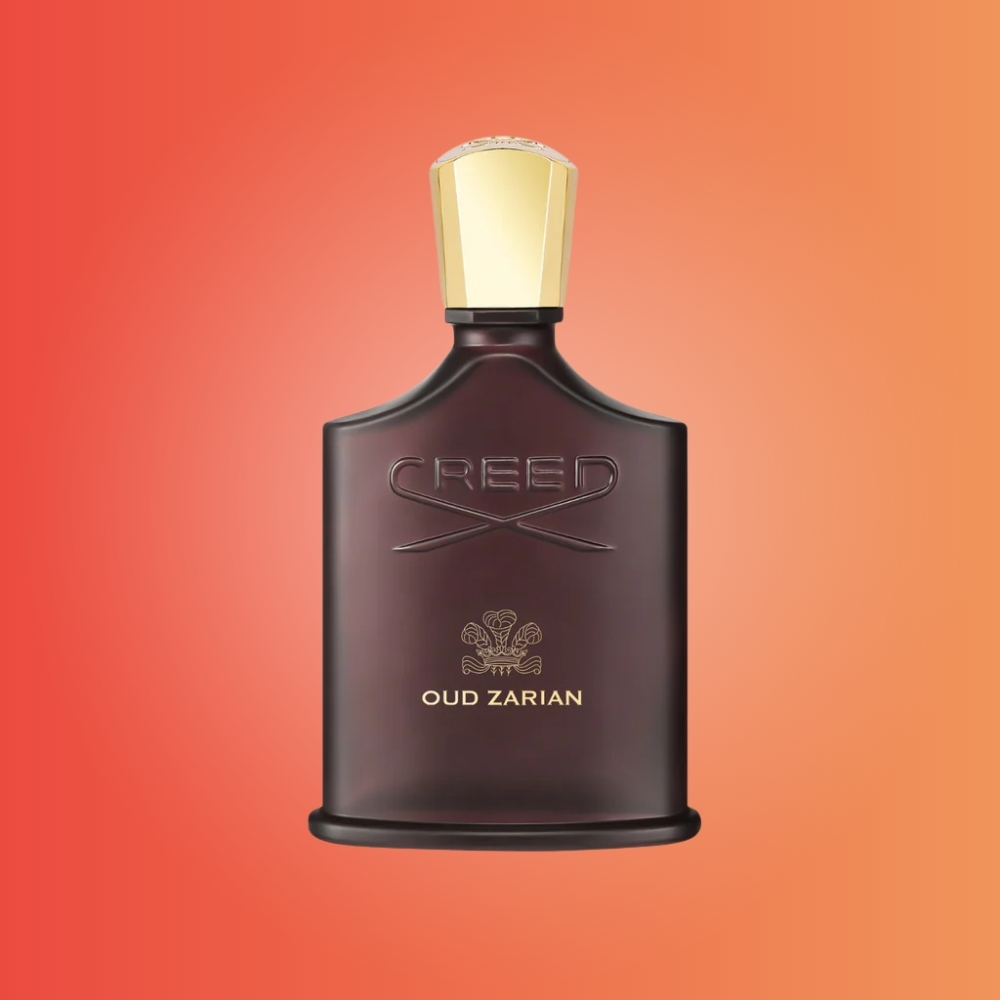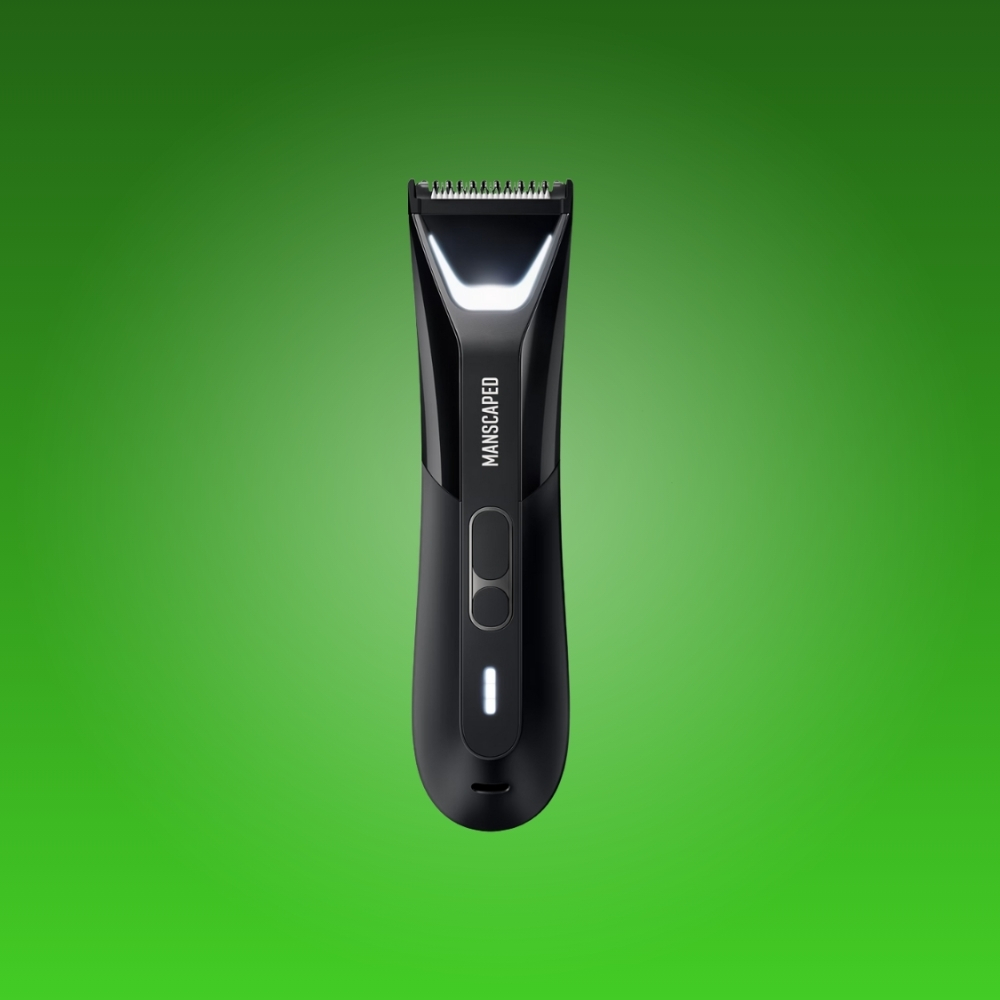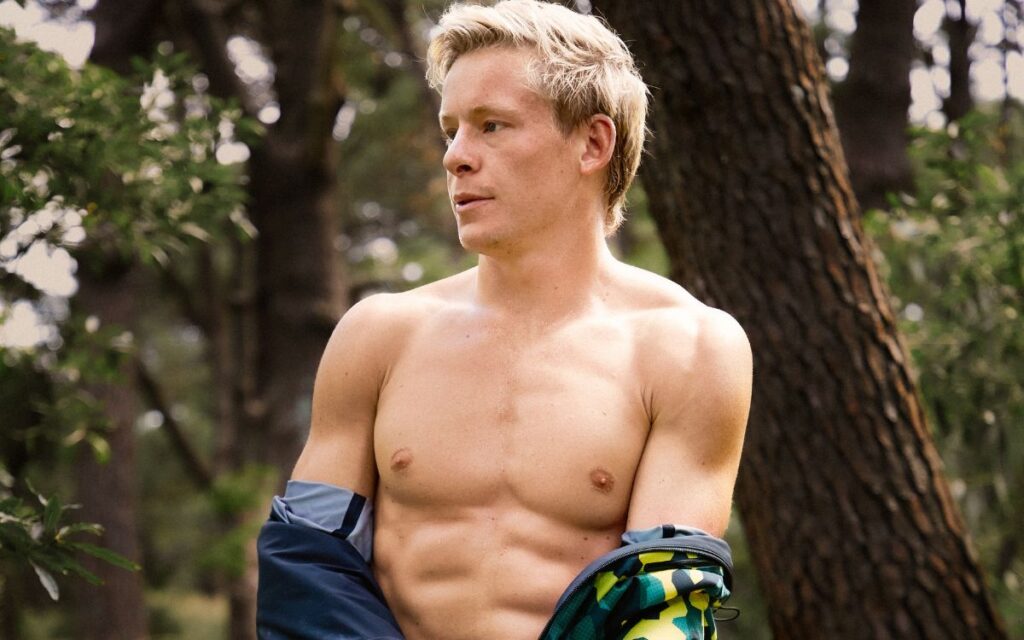Chances are that if you’re Australian, you’ll be heading to the beach this at some time this summer. It’s a right of passage for Aussie, right up there with the Bunnings snag and cheese and vegemite sangas. We are a ‘nation girt by sea’, so it makes sense that we have salt water running through our veins.
Well Men’s Health being MH, we’re always looking for ways to meld our favourite past-times with our passions; beach, meet fitness. And the beach is one of the greatest locations to hone your fitness, perfect the summer rig, and most importantly, have a bit of fun doing it.
Sure, we all know what’s possible on the sand, but it’s in the water where the real potential lies; bodysurfing!
And one man who knows this better than anyone is co-founder of The Bodysurfing Shop, Nick Brbot. The Sydney local has grown up in the water, and is set on redefining the sport of bodysurfing in Australia, bringing it to the mainstream. And Brbot is onto a winner; after all, the cost of participation can literally be as low as a pair of Budgie Smugglers.
Nick sat down with MH to share his tips for unleashing your inner bodysurfer this summer. So Budgie-up, get training, and prepare to shred.
Hit The Waves
Ultimately the best training you can do for bodysurfing is getting out there and bodysurfing. It also depends on your goals, if you want to become a better bodysurfer in 1-3 ft waves, then practicing in 1-3 ft waves is the best thing to do. My focus is to prepare myself for the biggest waves possible on any given day of the year. Whilst in Sydney we may have some of the worlds best surfing breaks, they aren’t always firing on all cylinders and can lack consistency at times.
My average bodysurfing session will last about 2 hours. Most of it consisting of short sharp bursts of energy when catching the wave and whilst swimming back out of the danger zone. The rest of the session is taken up by swimming out the back, treading water, battling currents and swimming back in. So on my days off bodysurfing, I like to keep up my water fitness with a couple different types of sessions. Variety is key when training for anything. When you train the same way too often, your body adapts and the results you get will not be as optimal.
Ocean Session type 1 – Endurance
Being in the ocean for 2 hours takes a lot of energy. So having the endurance to go the distance is important. To train my endurance I like to do ocean swims. I normally keep them between 1-3km as that is how much I would normally swim during a bodysurfing session.
A technique that I use to develop my lungs for wave hold downs is called hypoxic training. So every 20 strokes, I will increase my breathing pattern from every 2 strokes, to 3, then 4 and up to a point where I am tested, yet confident I will not black out. Then I pyramid back down to 2 strokes, then back up till my swim is completed.
Blacking out is a dangerous possibility, especially if you push yourself too hard with breath hold training. The focus of the hypoxic style of swimming should be more on your ocean swimming technique and learning to relax in the water.
Note; when swimming with your head underwater, you shouldn’t be holding your breath. Slowly releasing air through the mouth as you swim is the correct technique.
Try the following ladder:
20 strokes breathing every 2, then 4, then 6, up to where you feel comfortable. I normally get to 20, then ladder back down.
Ocean Session Type 2 – Short Bursts
As I mentioned, one of the most dangerous situations when I bodysurf reef breaks is not from the wave I catch. It is the 2-3 that come after it. Being caught on the inside/break zone of a surf location is not where you want to be for long. Generally waves in Sydney come through every 8-13 seconds on any given day. This is called wave period. This means that when you are finished on your wave, you have 8-13 seconds to get out of the wave zone before the next one comes in.
To train for this, I normally keep it to a short sharp 30 min ocean swim session.
Try the following 30 minute workout, completing as many rounds as possible (AMRAP) in the 30 minutes:
1 x 15 seconds underwater
1 x 50 m freestyle sprint
Rest 1 Min
1 x 20 seconds underwater
1 x 25 m freestyle sprint
Rest 1 Min
Nutrition
A big swimming session takes a lot of energy out of you, just as any high intensity sport would. Hydration is key. I also like to have PEAK chocolate before my sessions which give me a caffeine, creatine and BCAA kick without the coffee dehydration. Make sure you’re also hitting some carbs, like a banana or oat bar.
Nick is a competitive bodysurfer and has an online blog and store www.thebodysurfingshop.com.au which has a wide range of Handplanes and fins for bodysurfers of all different levels. He is also an ambassador for WAW Handplanes, Dafin Australia, Vissla & Peak Chocolate.







